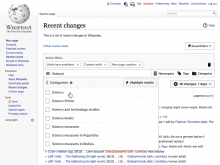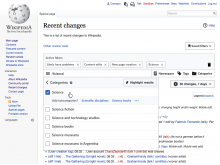The main problem with categories is well known to experienced Wikimedians but will be quite counter-intuitive for normal users. Namely, in a typical subject scheme, topmost categories like Art or Science or History would contain the most entires. Searching on these would yield the most results. But in the wikis, these categories often contain only other categories and no articles. So searching on them will yield no results. Frustration will ensue as users will conclude the feature is broken.
In T158572 we explored how to mitigate this issue, but found no solutions. So it seems to me that the least we can do is to somehow inform users of the issue. I'm not sure what the best way to do this is. Here are some initial thoughts:
- Include a very prominent and descriptive link to a help page. Not just a "?", but something more like: How to get results or Quirks of this feature or How to make this work
- Add an error message when the user gets no (or very few) results, saying something like: "No results found. You may be searching in too broad a cateogory. Learn the quirks of this feature and how to get results.
- The problem with the above idea is that the user might get SOME results, so not realize they aren't really getting what they think they are. Is there a way to detect when a category has fewer than, what, ten articles?
- Perhaps, whatever else we do, we should also label the feature "experimental" or "beta" or something.

